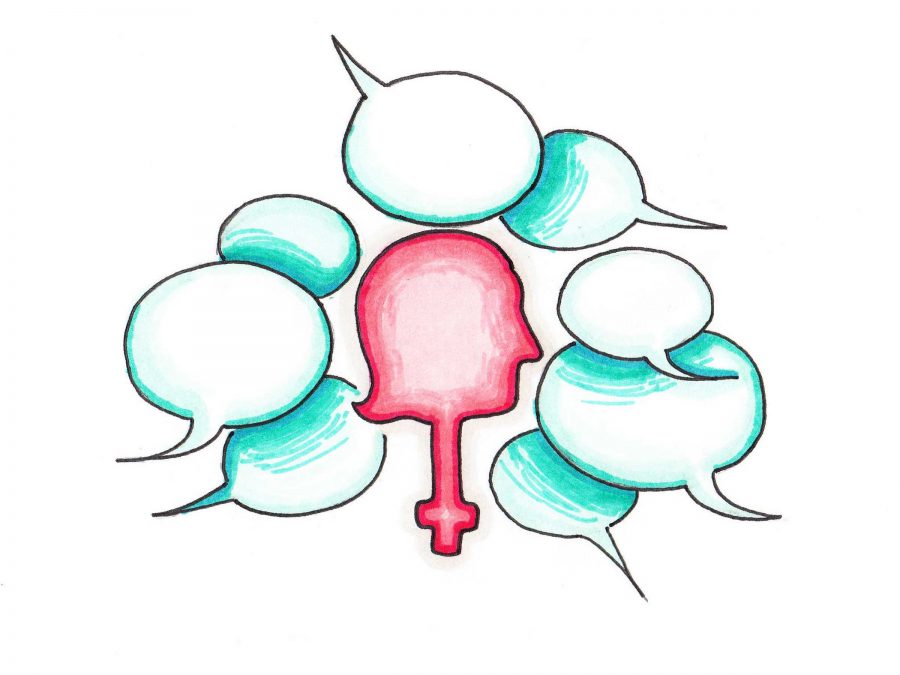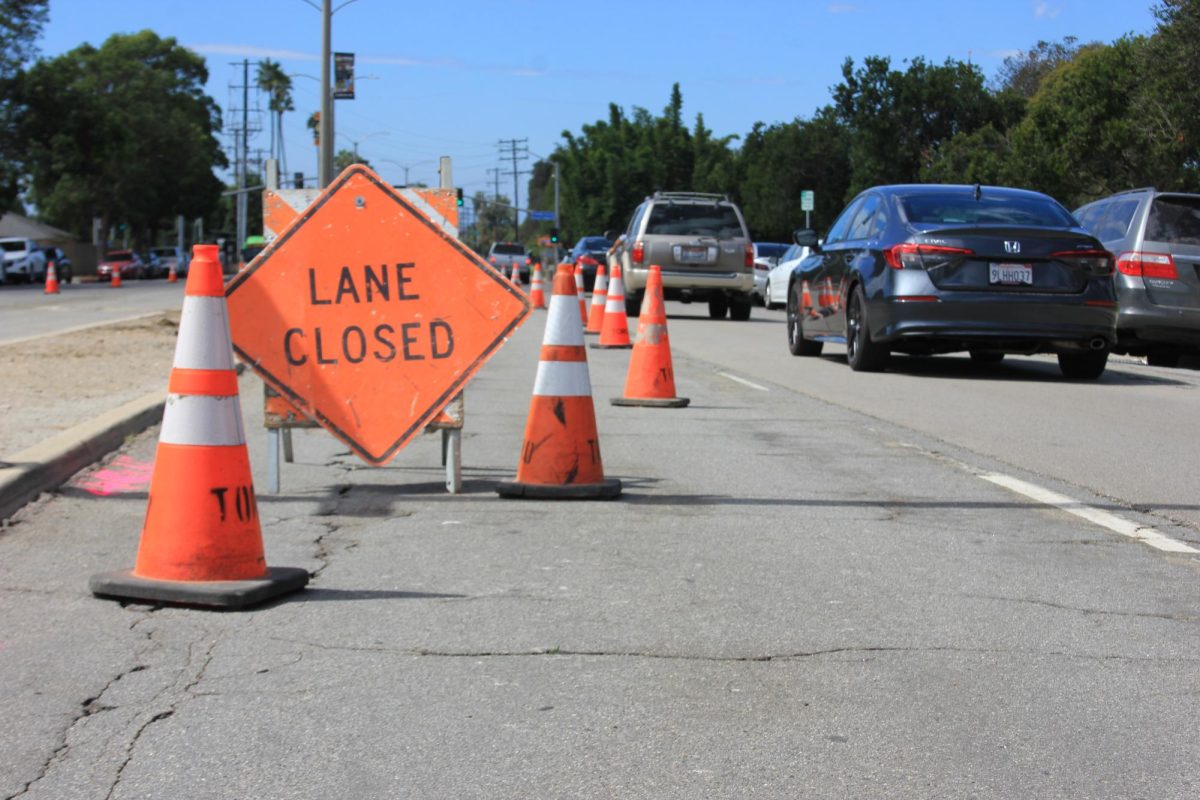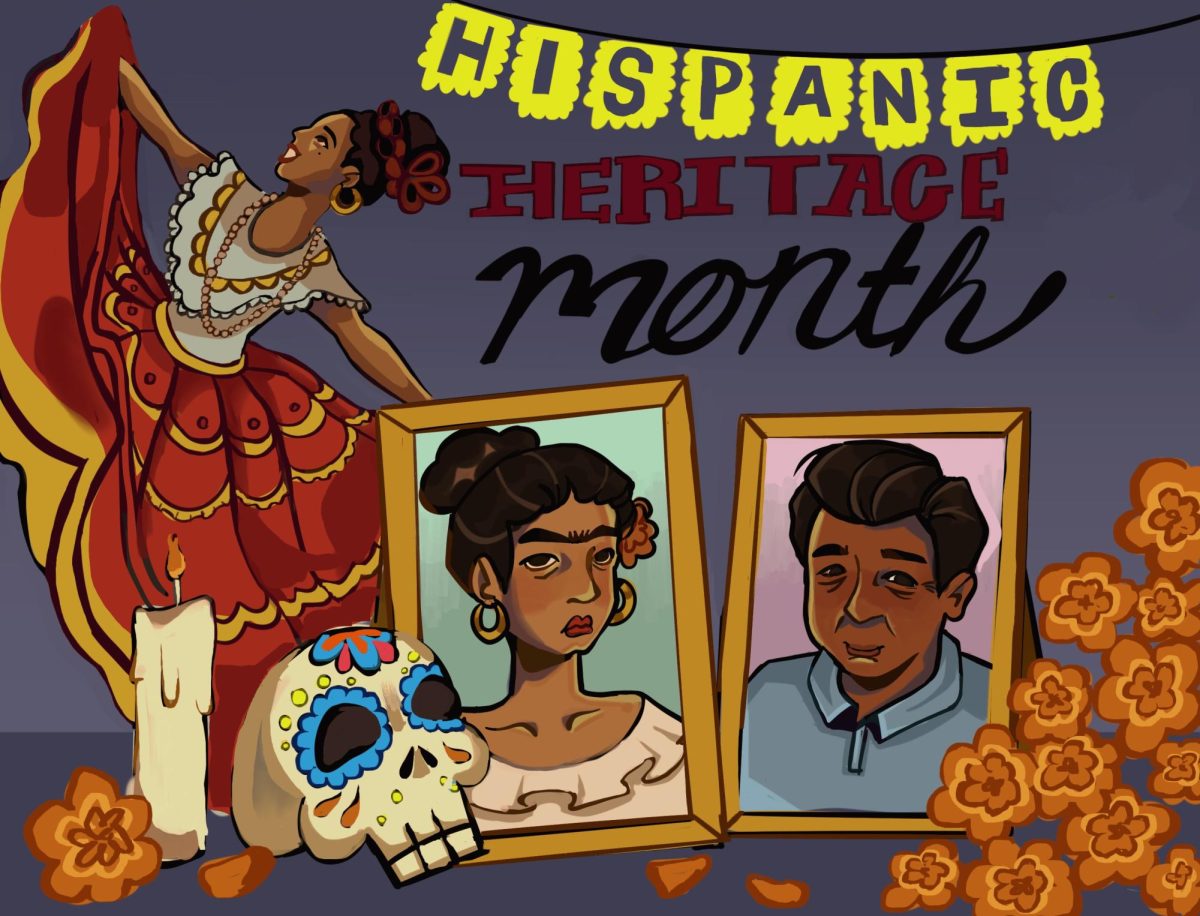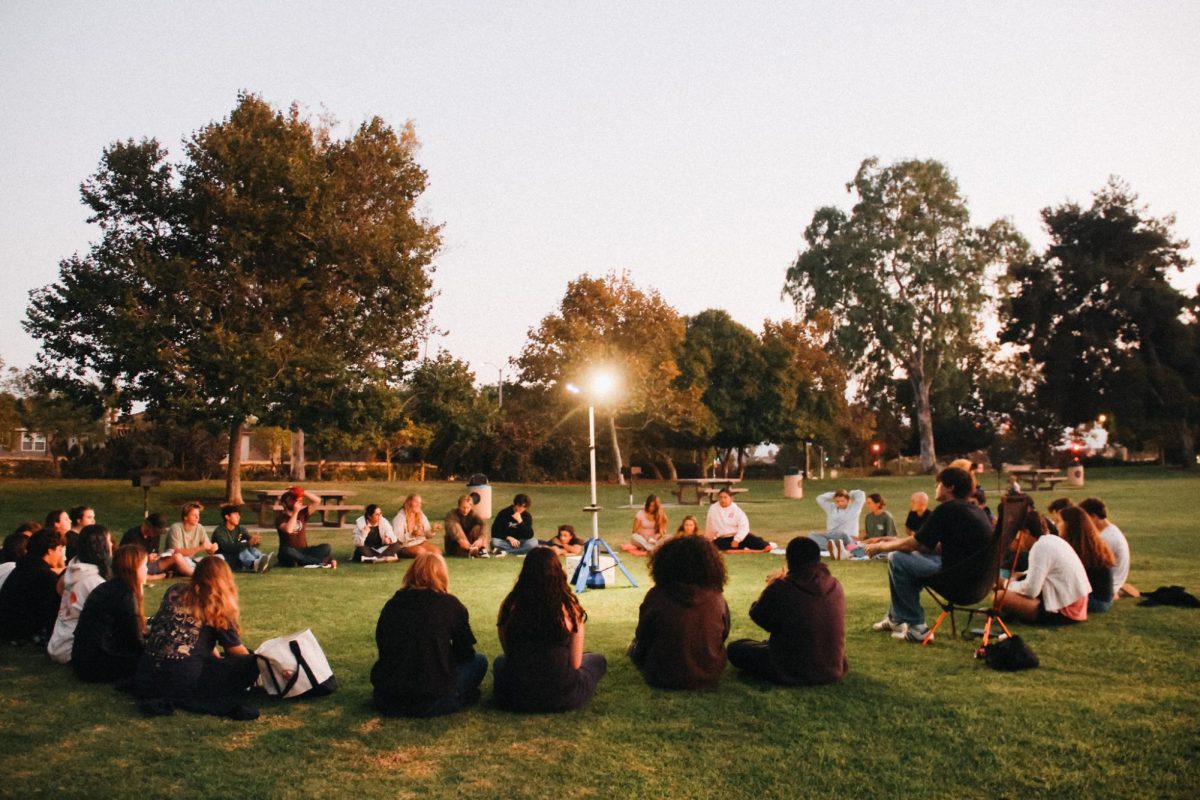In 2014, one of the first nation-wide studies on street harassment was completed by the non-profit organization Stop Street Harassment. The survey included 2,000 participants and found that 65 percent of all women had experienced street harassment, while 25 percent of all men (with a higher number of “LGBT identified” men than heterosexuals) had ever experienced street harassment.
With a far higher percentage of females reporting cases of street harassment, it has often been dismissed as a “women’s issue,” including many people arguing that any harassment is the woman’s fault due to her appearance or clothing choice. But does sexual harassment only affect women or is it an issue that affects all genders?
As victim blaming becomes more and more common, it is not unusual for people to suggest that harassment, assault or even rape could have been avoided if the victim hadn’t been wearing provocative clothing. The problem is that each person has different standards as to what is provocative actually means.
“We live in California, […] wearing thick clothes that cover your body is not always the best option. […] I don’t think it’s fair that women have to constantly keep their wardrobe limited,” sophomore Julia Kellogg said.
The organization Hollaback released a video in 2014 featuring Shoshana Roberts walking down the streets of Manhattan, with a hidden camera that recorded over 100 cases of harassment that ranged from strange men shouting at Roberts to following her for several minutes. Comments on the video suggested that Roberts’ clothing choice (jeans and a black crewneck shirt) is the reason she was harassed, while others responded saying that her clothing had nothing to do with the harassment.
However, the issue is not just about clothing. Some believe that the idea that a girl needs to cover up to protect herself, whether it is right or wrong, creates a double standard.
“I believe a girl has the right to protect herself but at the same time it shouldn’t be her responsibility, because [the harassment] shouldn’t be happening in the first place,” sophomore Te’A Whitney said.
“Unfortunately, we live in an oversexualized society where our clothing choice is often taken as ‘flirtatious’ or ‘attention seeking;’ our right to personal expression has been in a way taken due to ignorance and lack of self control,” Whitney said.
This imbalance creates an issue of safety and fear for personal safety. Public harassment is not only limited to adults: fifty-one percent of women and 53 percent of men reported experiencing some form of harassment by the age of 17.
“In today’s society, it’s become necessary to have to protect yourself. I don’t believe women should have to always be cautious about harassment. because having a life of constant fear […] is not a very pleasant life to live,” Kellogg said.
For the victims, catcalling is often the least of their worries: 68 percent of harassed women reported feeling anxious that it would escalate to something else. A fear that is not altogether unfounded as The Centers for Disease Control and Prevention estimates that one in five women (and 1 in 71 men) are victims of rape.
The emotional impacts of harassment often result in anxiety, depression, nightmares or even a sense of feeling unsafe is familiar environments. Victims of harassment have reported feeling the need to move or change their schedules in order to avoid their harassers.
“I don’t think women or men should have to go through street harassment- it’s disrespectful, somewhat demeaning, and just plain crude,” Kellogg said.
Featured Art Credit: Joel Mayorga/The Foothill Dragon Press








